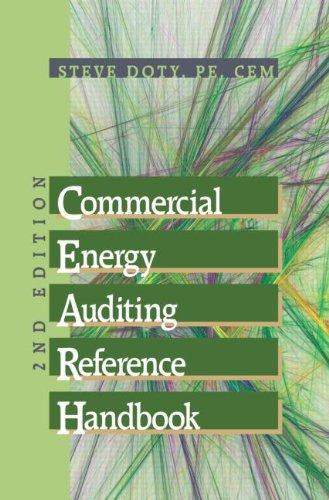Question
From its first day of operations to December 31, 2017, Concord Corporation provided for uncollectible accounts receivable under the allowance method: entries for bad debt
From its first day of operations to December 31, 2017, Concord Corporation provided for uncollectible accounts receivable under the allowance method: entries for bad debt expense were made monthly based on 2.15% of credit sales, bad debts that were written off were charged to the allowance account, recoveries of bad debts previously written off were credited to the allowance account, and no year-end adjustments were made to the allowance account. Concords usual credit terms were net 30 days, and remain unchanged.
The balance in Allowance for Doubtful Accounts was $183,700 at January 1, 2017. During 2017, credit sales totalled $9.15 million, interim entries for bad debt expense were based on 2.15% of credit sales, $94,900 of bad debts were written off, and recoveries of accounts previously written off amounted to $13,800. Concord upgraded its computer facility in November 2017, and an aging of accounts receivable was prepared for the first time as at December 31, 2017.
A summary of the aging analysis follows:
Classification by Month of Sale Balance in Each Category Estimated % Uncollectible
November-December 2017 $1,090,000 9%
July-October 2017 652,000 12.9%
January-June 2017 413,500 20%
Before January 1, 2017 151,000 64%
Based on a review of how collectible the accounts really are in the Before January 1, 2017 aging category, additional receivables totalling $65,700 were written off as at December 31, 2017. The 64% uncollectible estimate therefore only applies to the remaining $85,300 in the category. Finally, beginning with the year ended December 31, 2017, Concord adopted a new accounting method for estimating the allowance for doubtful accounts: it now uses the amount indicated by the year-end aging analysis of accounts receivable.
1. Calculate bad debt expense accrual and year end balance for the year ended December 31, 2017. (Hint: In calculating the allowance amount at December 31, 2017, subtract the $65,700 write off of receivables.)
2.Prepare the journal entry for the year-end adjustment to the Allowance for Doubtful Accounts balance as at December 31, 2017.
Step by Step Solution
There are 3 Steps involved in it
Step: 1

Get Instant Access to Expert-Tailored Solutions
See step-by-step solutions with expert insights and AI powered tools for academic success
Step: 2

Step: 3

Ace Your Homework with AI
Get the answers you need in no time with our AI-driven, step-by-step assistance
Get Started


